Decarbonisation. It’s a very modern preoccupation - afixture of contemporary press releases and the catalyst for countless studies, design concepts and sales pitches. It shouldn’t need saying, but it is also an urgent priority essential to limit the effects of human-induced climate change and to reduce the damage of air pollution caused by the burning of dirty fossil fuels.
Electrification is the best tool we currently have at our disposal to decarbonise transport. While electric road vehicles are still a relative novelty, railways have been alive to the powerful benefits of clean, efficient electric traction for more than a century. Full electrification is demonstrably the best solution to eliminate diesel traction on the busiest and most densely trafficked routes, but we don’t yet have a ‘silver bullet’ answer for lines where the high capital cost is harder - or impossible - to justify.
Over the past few years, train builders across the world have been falling over each other to offer self-powered alternatives to diesel traction.
Hydrogen fuel cells are hugely hyped but have yet to prove themselves in the real world beyond a few limited trials or small fleets on the European mainland. Fuel cells have a shorter lifetime than batteries and their overall efficiency of a hydrogen train is much less - recent figures from Stadler show that just 25% of the energy reaches the wheels for a hydrogen train, compared with 80% for conventional electric traction or around 68% for a battery-electric train.
As a result, batteries are regarded by many as a more mature solution for electric operation of railways ‘off the wires’ and as the technology is constantly improving it is being adopted more widely, especially in Germany where several major battery-electric multiple unit (BEMU) fleets are being delivered.
To read all our magazine articles, choose from either a Digital Edition Membership from just 99p for your first month, or a Print & Digital Edition package from just £9.50 per month. Choose your Membership here

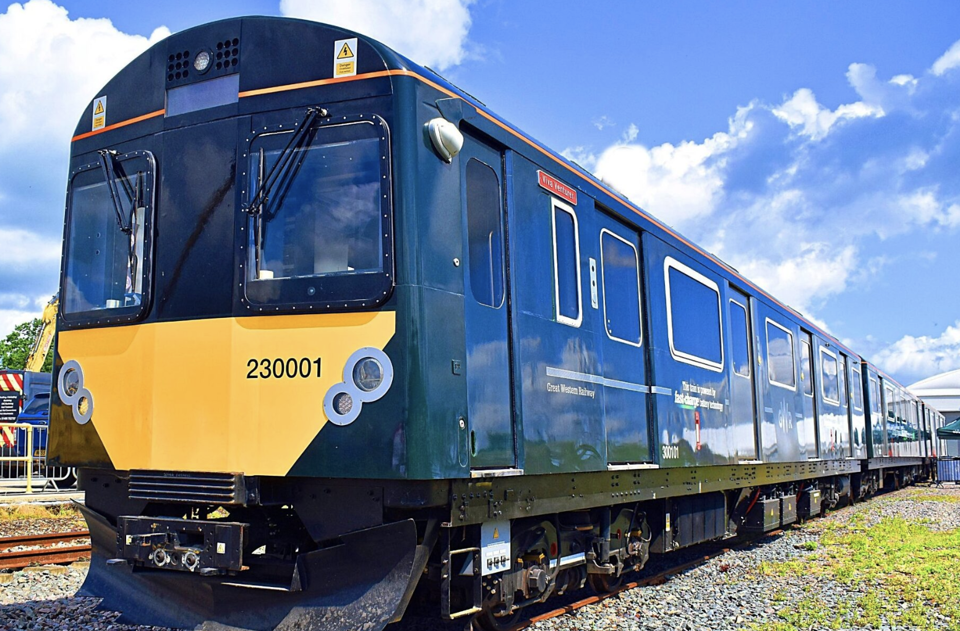
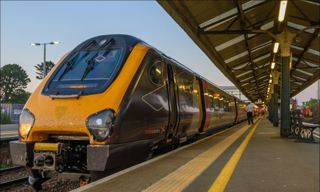
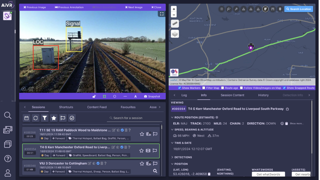
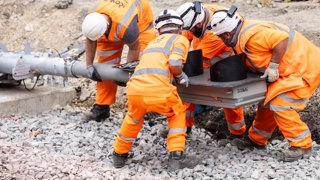
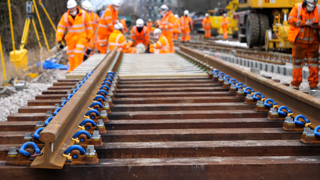










Clive Broadhead - 26/08/2023 12:24
The recent State of Baden-Wurttemberg report comparing hydrogen and battery-electric with full electric shows the policy in Germany